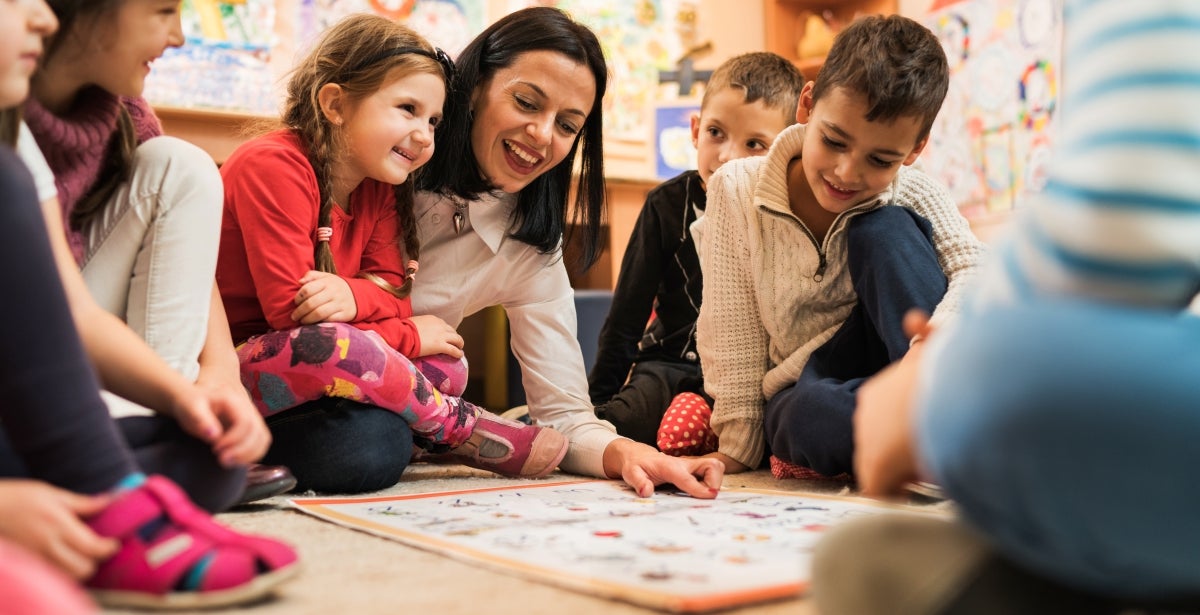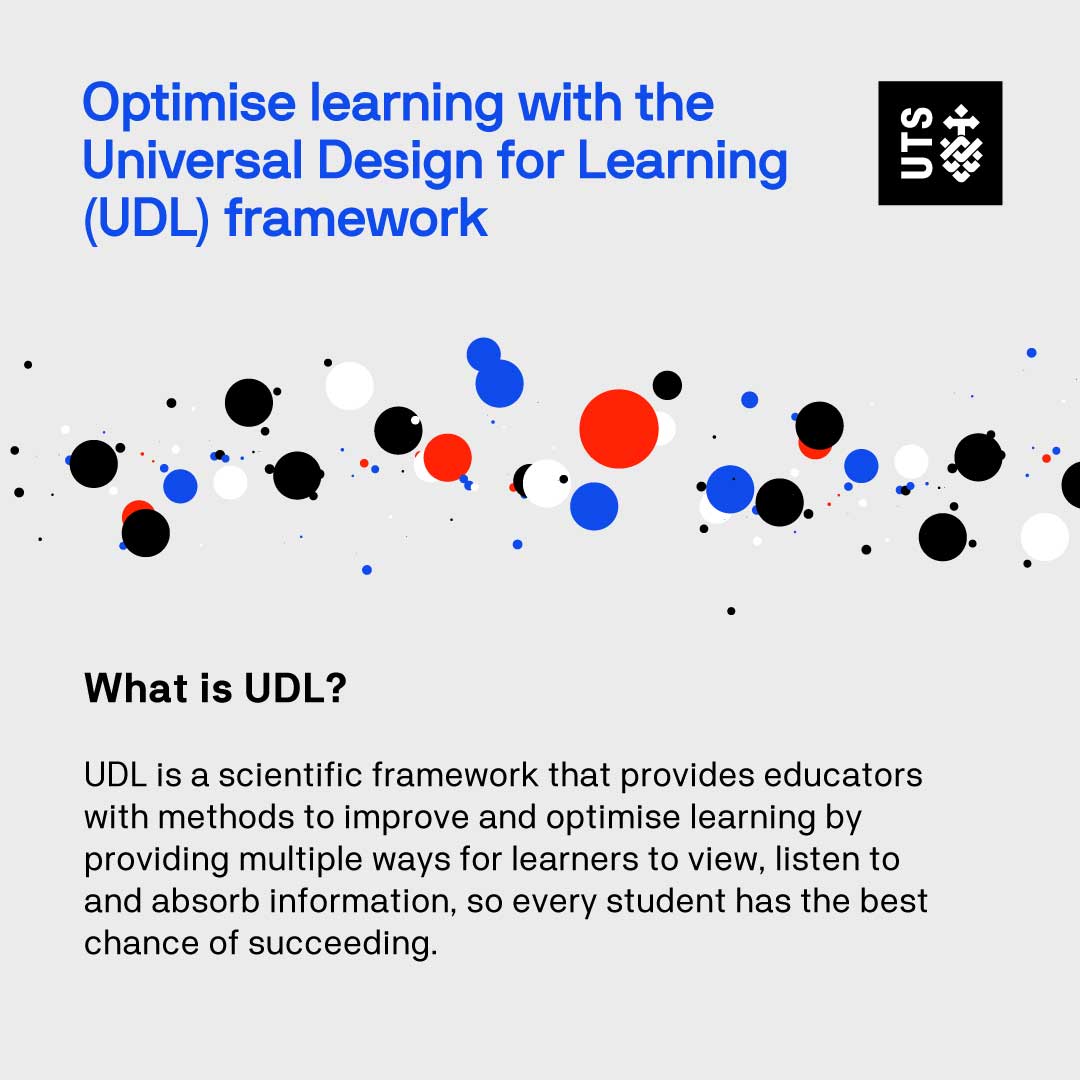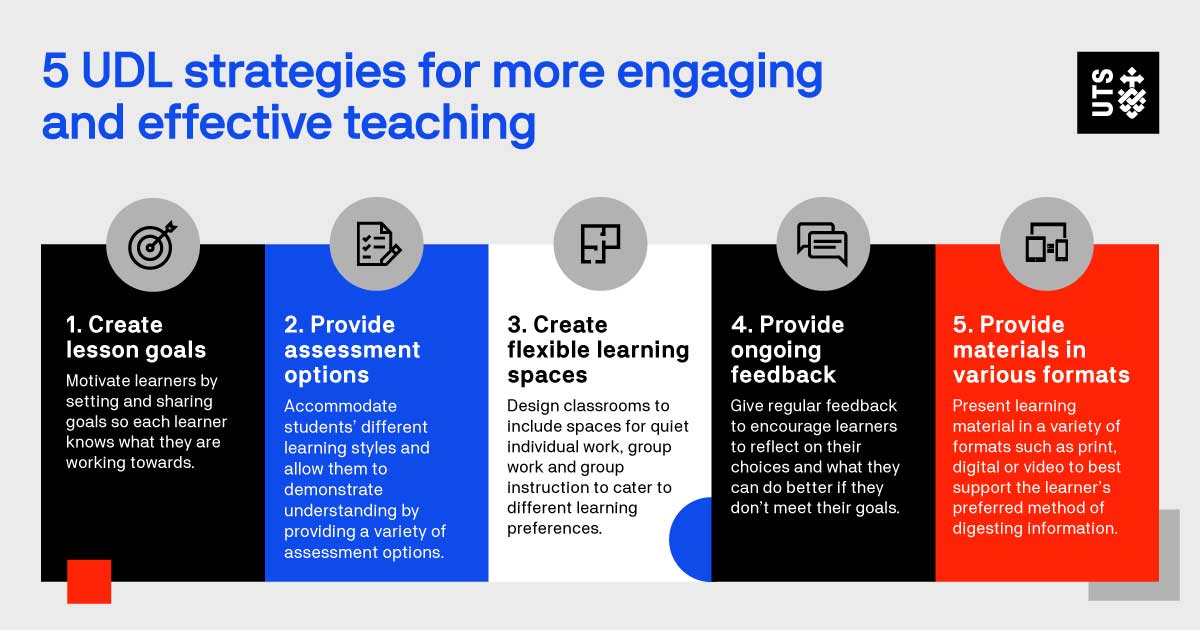Teaching and learning style guides for the modern educator

Few roles are more important than teaching. 88 per cent of people think that their teachers had a significant influence on their lives, according to Seed Scientific. On average, a teacher will influence more than 3,000 people over the course of their career. That’s a significant impact.
But while teaching can be rewarding and fulfilling, every teacher knows that it has its challenges, including the reality that no two students are alike. Learners — both children and adults — come to in-person and virtual classrooms with vastly different personalities, knowledge and learning capabilities.
So how can an educator make the learning journey meaningful for each and every individual? Let’s explore how educators have differentiated their approach for the learning environment - and what might work for you.
Past teaching and learning styles
To understand how people learn, researchers have developed numerous theories on different teaching styles. This includes those specifically prepared for people who have visual learning styles, auditory learning styles, reading and writing learning styles and kinesthetic learning styles.
Misconceptions about teaching and learning styles
The core learning styles are widely known. However, there is no scientific evidence to support positive outcomes associated with implementing teaching strategies that adhere to certain learning styles.
While individuals may have learning preferences, there is no proof that presenting educational information in that format will help you absorb the material better or increase your productivity.
Additionally, certain subjects are best taught in specific formats which may not align with learning preferences. Mathematics, for example, is almost never taught in an audio format, as it would likely be more confusing for learners than a visual or kinesthetic format.
However, while no scientific evidence exists to show that using preferred learning styles improves educational outcomes, they’ve been fundamental in understanding students and ensuring that students have the opportunity to learn through a variety of activities paving the way for Universal Design for Learning (UDL).

To be the best possible teacher, modern educators must understand historical learning teaching styles and how they have influenced more scientifically based methods.
While the four learning styles – visual, auditory, reading and writing, and kinesthetic – have not been found to improve student learning outcomes, they can provide a useful ‘rule of thumb’ to help educators design interactive and diverse learning experiences.
Visual learning style
The first well-known learning style is the visual learning style. As the name suggests, visual learning means that a learner might prefer to see information to learn it. Visual learners prefer to understand and remember information in various visual forms, including spatial awareness or photographic memory.
Visual learning style strategies
If visual learners wanted to learn to tie their shoelaces, for example, they’d theoretically be able to do so much more effectively by watching an instructional video, as opposed to listening to someone describe how to do it.
These strategies are said to be the most productive for learners with a visual preference:
- Using mind maps
- Asking learners to take notes, including asking them to highlight important information in those notes
- Requesting that learners write down a project’s goals
- Placing sticky notes throughout teaching material
- Using charts, diagrams and lists
- Playing instructional videos
- Asking learners to take photographs
- Using flash cards
- Telling learners to sit in a place in the classroom where they can easily see the teacher
- Making the study area visually appealing
Auditory learning style
Theoretically, auditory learners prefer to learn by hearing and listening. They’re more likely to understand and remember things they hear, and store information by the way it sounds. As such, verbal instructions often make the most sense to them.
They often also have good speaking skills, strong listening and storytelling skills and excel at oral exams.
Auditory learning style strategies
If visual learners learn to tie their shoelaces by watching an instructional video and don’t want to hear someone describe how to do it, auditory learners want the exact opposite. They thrive on hearing instructions from someone.
These strategies are said to be the most productive for learners with an auditory preference:
- Reading stories and information aloud
- Playing background music, as auditory learners don’t like silence
- Asking learners to repeat information
- Asking learners their opinions
- Organising group discussions
- Recording important lessons and ensuring that learners listen to them later
- Talking learners through any issues they may have
- Using mnemonics, rhymes and jingles
- Encouraging learners to repeat facts with their eyes closed
- Encouraging learners to sit near the front of the room
Reading and writing learning style
This style is closely related to the visual learning style in that it’s also quite visual. Learners who ascribe to this style prefer to learn by reading and writing. Specifically, they enjoy making notes and using handouts and textbooks. They also like to reread and rewrite their notes, and when doing so, they make use of headings, glossaries and lists.
These learners are likely to perform well on multiple-choice and essay tests.
Reading and writing learning style strategies
Unlike visual learners who prefer to watch instructional videos on tying shoelaces and auditory learners who want to hear instructions, reading and writing learners prefer to read a set of instructions.
These strategies are said to be the most productive for learners with a preference for reading and writing:
- Encouraging learners to write out words and notes repeatedly
- Asking learners to rewrite ideas and principles in their own words
- Organising diagrams and graphs into statements; for example, instead of a graph, writing a statement that describes a trend
- Organising information into lists with bullet points and subheadings
- Giving learners multiple-choice questions
- Asking learners to complete essays on particular topics
- Providing supplementary reading information
- Directing learners to textbooks or online articles about topics
Kinesthetic learning style
Kinesthetic learners prefer to learn by doing, for example, through touch, movement and action. Intuition and practice also help kinesthetic learners achieve their goals.
Learners with a preference for learning kinesthetically like real-life examples when they’re learning a new skill or concept, and prefer hands-on practice to master those particular skills. From an academic perspective, kinesthetic learners often don’t have much learning catered specifically to them, as their approach is more practical.
Kinesthetic learning style strategies
When learning to tie their shoelaces, kinesthetic learners would simply like to try the task themselves, in an effort to learn by doing. Using their hands to attempt the task would represent the ultimate learning opportunity.
These strategies are said to be the most productive for learners with a kinesthetic preference:
- Encouraging learners to handle objects, tools and machinery that they’re studying
- Using manipulatives (study tools that learners can move around with their hands)
- Creating flash cards, pictorial cards or index cards that can be shuffled, spread out or stacked
- Creating charts, diagrams or models that can be cut apart, and then put back together
- Using exaggerated hand movements
- Using role play
- Using a computer or any other type of device that uses muscle memory
- Encouraging learners to walk as they recite information
- Working with a chalkboard, flip chart or poster
- Encouraging learners to stand up and work
- Creating activities that require creative movement
- Creating action games
Universal design for learning
Unlike the visual, auditory, reading and writing and kinesthetic learning and teaching styles, Universal Design for Learning (UDL) is a scientifically based framework. The UDL is a framework that aims to improve and optimise teaching and learning in a diverse, inclusive way. The framework is based on scientific insights into how humans learn and aims to help teachers improve how they present information, engage students and create inclusive assessments and evaluations.
UDL principles can be applied to a course overall or to specific instructional materials, such as lessons; lectures; or group-based activities, such as group work or discussions.
Ultimately, UDL provides learners with multiple ways to view, listen to and absorb information, so every student has the best chance of succeeding. Unlike the four learning styles, which assume we need to teach to individual learners, UDL provides a way for teachers to provide rich and diverse learning experiences for students that are also suited to the content being taught.
Guiding principles for UDL
Three guiding principles underpin UDL to make it diverse, inclusive and effective.
1. Representation
To cater to all learners, UDL recommends that teachers offer learners information in multiple ways. For example, information should be presented orally, but also in written form.
To increase representation, teachers should do the following:
- Provide options for enhanced learner perception.
Perception is important. If information is imperceptible to learners, they’ll require more assistance to understand it.
Teachers can help enhance perception by presenting information in different modalities (for example, in a visual, auditory or kinesthetic way), as well as by providing information in different formats (for example, with text that can be enlarged or sounds that can be amplified).
- Provide options for language, mathematical expressions and symbols.
Teachers can help enhance learning by clarifying elements and by providing decoding material for mathematical concepts or symbols used.
- Provide comprehension options.
Learners vary in their vocabulary and in their understanding of mathematical concepts and symbols. For example, a graph that shows a relationship between two variables may be helpful to one student, but baffling to another. For this reason, variation in this area is important.
To learn, individuals must do more than understand information: They must transform it into usable knowledge that helps them make decisions and take action. To do this, they must be able to comprehend and process what they’re learning, making comprehension options essential.
To provide comprehension options, teachers should supply (or activate) background knowledge; highlight patterns, features and big ideas; and guide information transfer and processing.
2. Action and expression
Just like teachers should present information in different ways, the UDL framework encourages learners to interact with the information they’ve been given in more than one way.
The teacher can aid this process. For example, they can present information, and then allow students to discuss it in a group setting and present it to their peers. A practical multiple-choice and essay-based assessment would follow.
To increase action and expression, teachers should do the following:
- Provide options for action.
Textbook or workbook materials offer little opportunity to take action on information. To increase opportunities for action (and physical interaction with learning materials), teachers should provide access to online materials, online resources and in-person activities.
- Provide options for expression.
Some learners may excel at storytelling on paper, whereas others may enjoy conversation. To help students express themselves and communicate in a way that they’re most comfortable with, teachers should use different media when teaching, such as texts, illustrations and videos. They can also provide support for different types of practice and performance in the classroom.
- Provide options for executive function.
The highest level of human capabilities are called executive functions. These are associated with the ability to plan, strategise and set long-term goals rather than simply react to the environment. To help students to activate their executive functions in the classroom, teachers should guide appropriate goal setting, support planning and strategy development and provide ample feedback to learners throughout every stage of the learning process.
3. Engagement
UDL recognises that classroom learners have vastly different motivations and abilities and encourages teachers to look for multiple ways to inspire learners. For example, it recognises that some learners are motivated by achieving goals, whereas others are motivated by social interaction in the classroom.
To increase engagement in the classroom, teachers should do the following:
- Provide options for ensuring interest in materials.
Information that’s not interesting to learners often goes unnoticed and stays unprocessed. To ensure learners are interested and engaged with the presented material, teachers should give learners as much choice and autonomy as possible and endeavour to always show why information is relevant and valuable.
- Provide options for encouraging persistence.
Teachers need to remember that learning new skills or information often requires persistence and hard work. Learners need to be able to regulate their attention to sustain effort and concentration while learning.
To help learners do this, teachers should encourage learners to create their own goals, differentiate the difficulty of tasks and activities (start easy, and then increase the level of difficulty) and encourage collaboration and communication in the learning process.
- Provide options for self-regulation.
Teachers can design environments that are conducive to teaching, but they also need to tap into learners’ ability to regulate their own emotions and motivation. Being able to self-regulate is an important skill in learners (and in life), as it assists in developing the ability to learn by trial and error.
To encourage the development of this skill, teachers should facilitate personal coping skills and strategies and develop self-assessment and reflection.
Five UDL teaching strategies
With so many options for teachers in applying the Universal Design for Learning teaching style in the classroom, understanding which teaching strategies will work best can feel overwhelming.
So which works for you? Here are five important strategies.
1. Create lesson goals
A key UDL principle is that each and every learner must be motivated. A great way to assist learners with this is by creating lesson goals and sharing them with students, so they know what they’re working towards.
You should also chart progress towards these goals throughout the lesson.
2. Provide assessment options
Even if students intrinsically understand a concept, they may only be able to show or share their knowledge in certain ways. For this reason, you should endeavour to provide a variety of assessment options.
When demonstrating understanding of a topic, students may be able to show their knowledge through a written essay or by creating a podcast or video that would still meet the assessment requirements.
3. Create flexible learning spaces
To cater for the different ways students prefer to learn, classrooms should be set up to include spaces for quiet individual work, group work and also group instruction.
Learners should also be given the option to wear headphones if they want to work quietly.
This strategy should also be applied to virtual learning. Where possible, incorporate different ways for learners to engage, such as online group forums, one-on-one sessions and group discussions.
4. Provide ongoing feedback
Learners learn through others, so feedback is essential in UDL. Feedback should be regular (if possible, make it every day) and should encourage learners to reflect on their choices and what they could do better if they didn’t meet their goals.
5. Provide materials in various formats
UDL recognises that if students can’t understand information, they can’t learn it. That means a key idea behind UDL is to provide materials and information in various formats, for example, print, digital, video and other interactive formats.

Education for the future
A century ago, education meant sitting in a classroom and learning information by rote. Now, our understanding of learning and teaching styles has progressed by leaps and bounds, and students expect a positive learning experience that supports them.
This represents both a challenge and an opportunity for teachers everywhere. To rise to the occasion, the UTS online Master of Education (Learning and Leadership) can help professionals build up research-informed skills for success in the new frontiers of learning and teaching. Find out how a Master of Education can give you expertise in the latest learning innovations.




